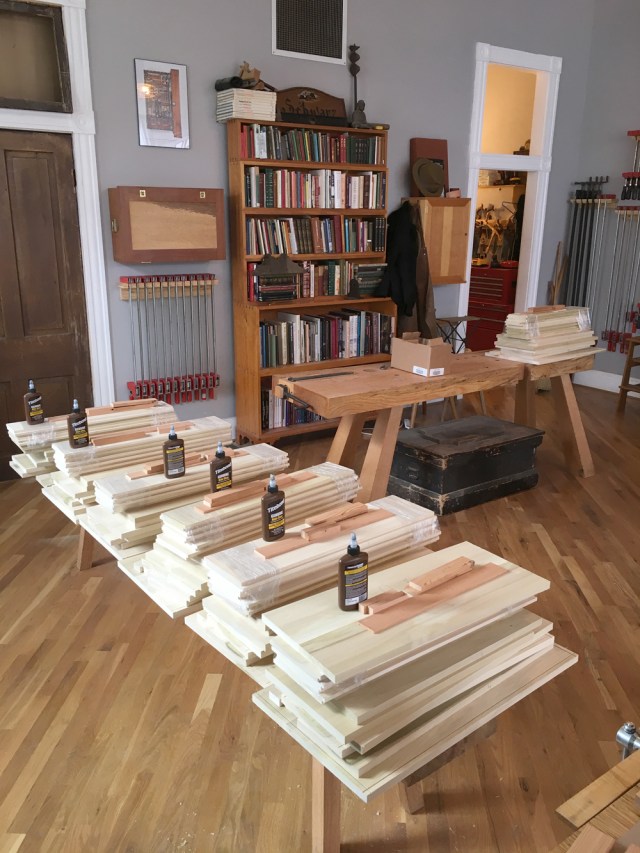Getting the Most from Your Circular Saw: A Complete Guide
Circular saws are essential in various industries, including construction and woodworking. They provide fast, accurate cuts in many materials, making them invaluable for professionals and DIY enthusiasts alike. In this article, we’ll look at how circular saws work, the materials they can cut, the importance of selecting the right blade, and crucial safety tips. We’ll also discuss the relevance of geocomposite product data for construction professionals.

How does a circular saw function, and what is it used for?
Circular saws use a rotating blade to cut through different materials like wood, metal, and plastic. These saws can be handheld for mobility or mounted for increased precision. The choice between corded and cordless models depends on the specific needs of your project, with corded versions offering consistent power and cordless models providing greater flexibility.
What materials can a circular saw cut?
Circular saws are versatile and can cut a range of materials:
- Wood: Best for cutting wooden boards, panels, and framing lumber.
- Metal: With the right blade, they can cut metal sheets, pipes, and rods.
- Plastic: Ideal for cutting PVC pipes and plastic sheets.
- Masonry: Equipped with a diamond blade, circular saws can cut through concrete, bricks, and ceramic tiles.
How do you choose the appropriate blade for a circular saw?
Blade selection is key to achieving the desired cut quality. Focus on:
- Material Type: Use blades designed specifically for the material you’re cutting—carbide-tipped for wood, diamond-tipped for masonry.
- Teeth Count: Blades with more teeth produce smoother cuts, while fewer teeth speed up the cutting process but may leave rough edges.
- Blade Size: Ensure the blade matches your saw’s specifications, usually around 7-1/4 inches for general use.
What safety practices should you follow when using a circular saw?
Safety is paramount when working with circular saws:
- Use Protective Equipment: Wear safety glasses, ear protection, and gloves.
- Secure Your Workpiece: Use clamps to hold the material firmly in place.
- Manage Kickback Carefully: Hold the saw firmly and avoid sudden twists or movements.
- Maintain Your Blade: Regularly check the blade for sharpness and replace it if necessary.
Related Content:
For construction professionals, understanding geocomposite product data is crucial. Geocomposites are composite materials used in applications like drainage, reinforcement, and filtration. Knowing their properties and specifications is essential for making informed decisions in large-scale projects.
Circular saws are indispensable tools for a variety of cutting tasks. By selecting the right blade, following safety protocols, and understanding the materials involved, you can ensure high-quality results. Additionally, construction professionals can benefit from a deep understanding of geocomposite product data, which is key to selecting suitable materials for their projects.





